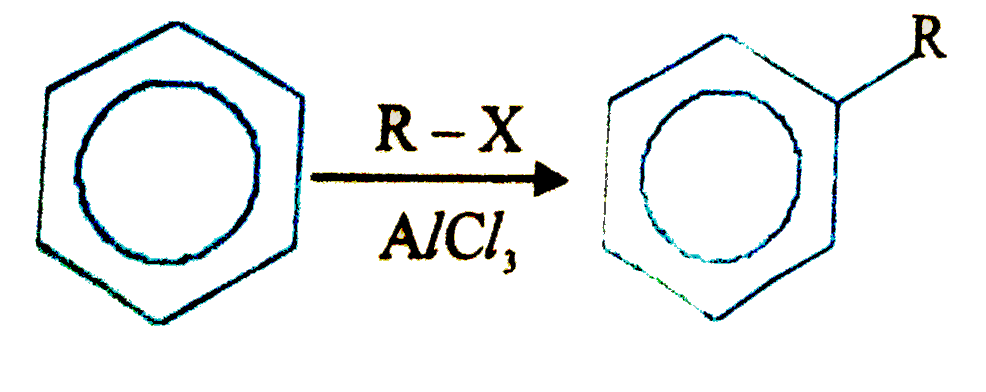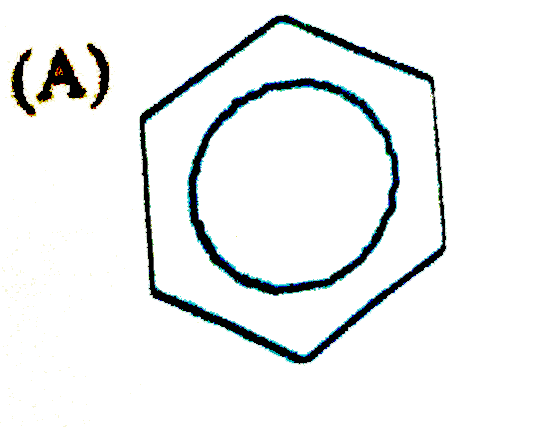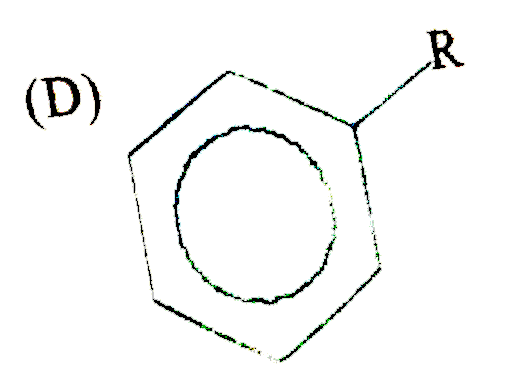The ability to concentrate urine depends on the functions of
the collecting duct.
PCT.
the renal corpuscle.
the loop of Henle.
To answer the question "The ability to concentrate urine depends on the functions of," we need to analyze the role of different parts of the nephron in the kidney, particularly focusing on the structures involved in urine concentration.
1. Identify the Main Excretory Organ:
- The kidneys are the main excretory organs in the human body. They are responsible for filtering blood and producing urine.
2. Understand the Structure of the Kidney:
- The functional unit of the kidney is called the nephron. Each kidney contains approximately one million nephrons.
3. Components of the Nephron:
- The nephron consists of two main parts:
- Glomerulus: This is a network of capillaries where blood filtration occurs.
- Renal Tubule: This is where the reabsorption of water and solutes takes place.
4. Focus on the Renal Tubule:
- The renal tubule is divided into several segments, including the proximal convoluted tubule (PCT), loop of Henle (L-O-H), and collecting duct.
5. Role of the Loop of Henle:
- The loop of Henle is crucial for concentrating urine. It has two limbs:
- Descending Limb: Permeable to water but not to ions, allowing water to be reabsorbed.
- Ascending Limb: Impermeable to water but actively transports ions out, contributing to the concentration gradient in the medulla.
6. Collecting Duct Function:
- The collecting duct also plays a role in urine concentration by reabsorbing water, but it primarily responds to hormonal signals (like ADH) rather than actively concentrating urine.
7. Conclusion:
- The ability to concentrate urine primarily depends on the function of the loop of Henle (L-O-H), particularly its descending and ascending limbs, which create a concentration gradient essential for water reabsorption.
Final Answer:
The ability to concentrate urine depends on the functions of the loop of Henle (L-O-H) in the nephron.
---
- The kidneys are the main excretory organs in the human body. They are responsible for filtering blood and producing urine.
- The functional unit of the kidney is called the nephron. Each kidney contains approximately one million nephrons.
- The nephron consists of two main parts:
- Glomerulus: This is a network of capillaries where blood filtration occurs.
- Renal Tubule: This is where the reabsorption of water and solutes takes place.
- The renal tubule is divided into several segments, including the proximal convoluted tubule (PCT), loop of Henle (L-O-H), and collecting duct.
- The loop of Henle is crucial for concentrating urine. It has two limbs:
- Descending Limb: Permeable to water but not to ions, allowing water to be reabsorbed.
- Ascending Limb: Impermeable to water but actively transports ions out, contributing to the concentration gradient in the medulla.
- The collecting duct also plays a role in urine concentration by reabsorbing water, but it primarily responds to hormonal signals (like ADH) rather than actively concentrating urine.
- The ability to concentrate urine primarily depends on the function of the loop of Henle (L-O-H), particularly its descending and ascending limbs, which create a concentration gradient essential for water reabsorption.
The ability to concentrate urine depends on the functions of the loop of Henle (L-O-H) in the nephron.
Similar Questions
Knowledge Check
Assertion :− Mammals have the ability to produce a concentrated urine.
Reason :− Counter current mechanism occurs in vasa recta and Henle's loop.AIf both Assertion & Reason are True & the Reason is a correct explanation of the Assertion .BIf both Assertion & Reason are True but Reason is not a correct explanation of the AssertionCIf Assertion is True but the Reason is False.DIf both Assertion & Reason are false.
The rate of the reaction depends on the concentration ofA BCl2CFeCl3D
BCl2CFeCl3D

Generally rate of the reaction depends on the concentration ofA BR−XCAlCl3D
BR−XCAlCl3D
The equilibrium constant does not depends on the initial concentrations of the reactants but depends on …………. . of various reactants and products at ……….. .
View Solution(a) How does the rate of reaction depend upon the concentration of reactants ?
View SolutionConcentration of urine depends upon which organ -
View SolutionWhich feature enables the mammalian kidney to concentrate urine in the medullary region?
View SolutionAssertion : Mammals , living in deserts contain more concentrated urine .
Reason : They contain very long loop of Henle in their nephrons .
View Solution
